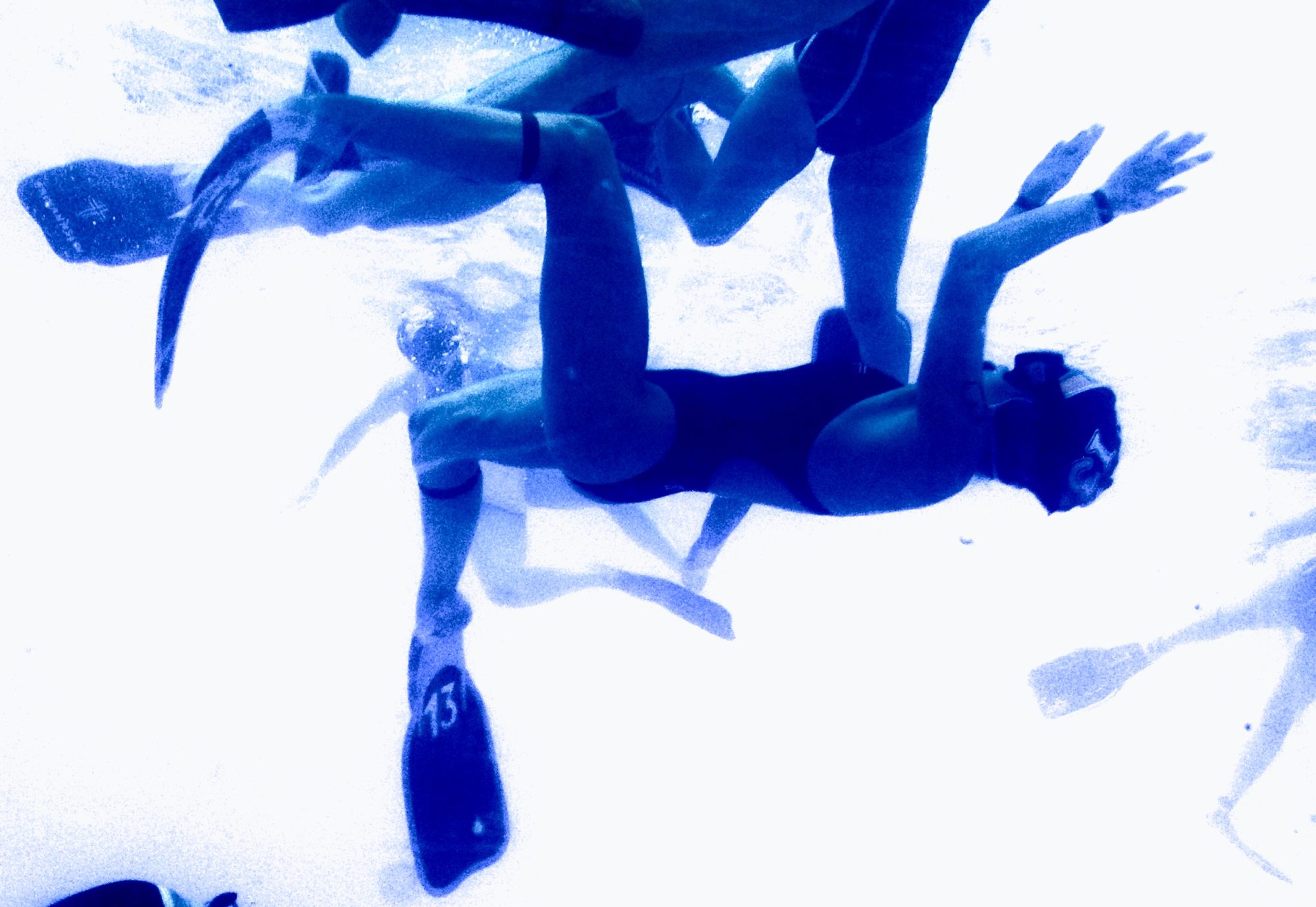Center forward Kim Kristensen chose cardio over strength and it worked for him.
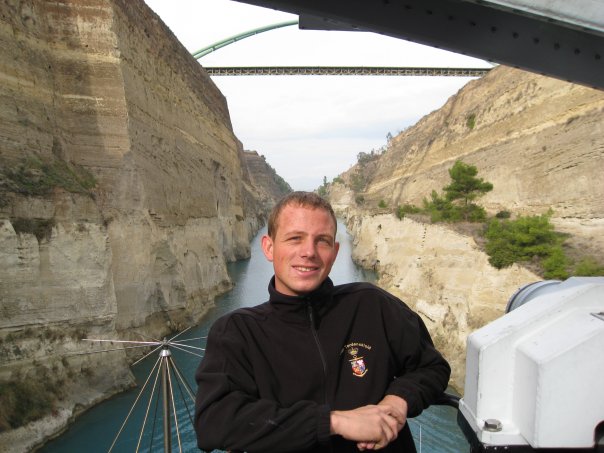
Kim Tonsberg Kristensen first made the Danish national team at age 41. Standing 192 centimeters tall and weighing 92 kilos, the center forward is not a small guy, but his lean frame is perhaps not the modern ideal for top level underwater rugby.
Playing a position that calls for him to strip opponents of the ball, he is conscious that he cannot approach the task in the style of Thor Lykke Funk, a Danish forward who grinds down opponents by wrestling the ball away whenever possible.
“Where Thor often attacks head on with great strength, I try more to sneak up on the opponents and take the ball when they don’t expect it,” said Kristensen.
He does not spend much time in the gym lifting weights. He sticks to high intensity interval training (HIIT). He also has a huge passion for endurance sports that give him the physique of a runner or cyclist. He compensates for lack of muscle mass by providing the Danish national team with extended bottom times. He can maintain the lid-tight-on-the-jar defense over the course of a major championship, providing the team with a point of stability. And he is a goal scorer besides.
According to Denmark Head Coach Michael Kragh, the durable 42-year-old has a good chance of holding on to his position on the national team through the upcoming European and World Championships in Stavanger (2022) and Montreal (2023) respectively.
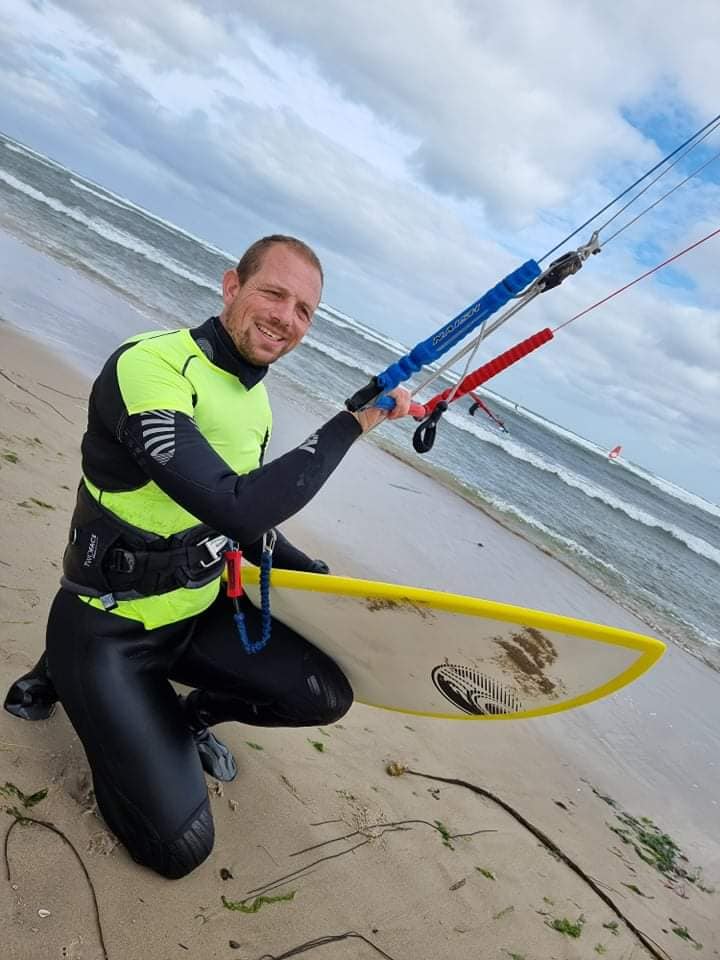
Kristensen’s social media feed features running, cycling, kitesurfing, kayaking, skiing, etc. Love of endurance sports makes him a standard setter for the Danish national team’s fitness.
After the recent Nordic Championships—at which the Danish men took gold for the third straight time—Kragh said: “Four games in two days is tough, but not for Kim.”
Teammate Andreas Wielandt, one of Europe’s top offensive threats, spoke of Kristensen’s presence:
“At 27, I’m still one of the youngsters on the national team, and I can beat most players at a fitness test, but Kim will still beat me in time spent underwater during a game. That’s what makes him so valuable.”
Although Kristensen first played for Denmark as a senior in 2021, he in fact had a good chance to play in Graz World Championships in 2019. He remembered exactly what cost him a spot on the team.
“When preparing for the World Championships I missed one national training session due to an adventure race. That was a reason I didn’t get selected for the team that went to Graz. And I do believe that was fair and a sign to the players that you need to step up.”
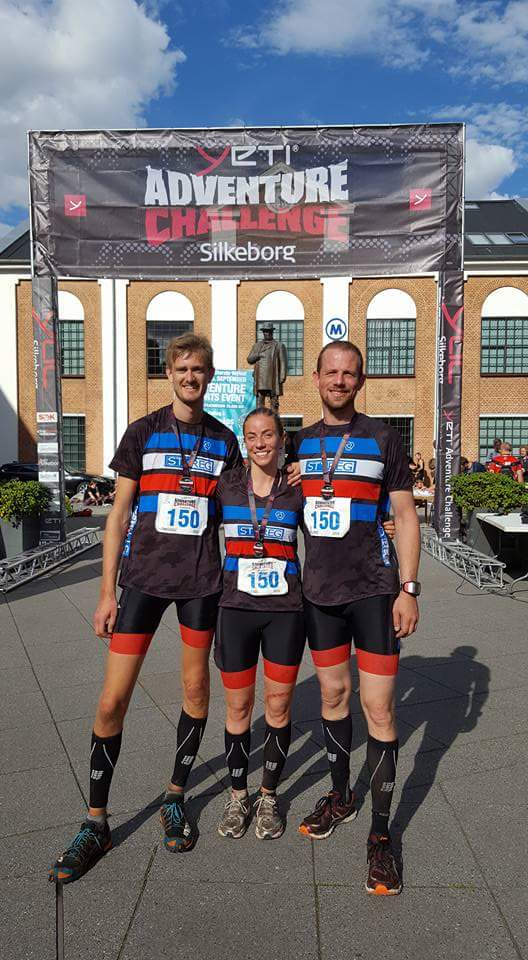
Since Graz he played for Denmark at the last two Nordic Championships, where Denmark prevailed each time. This year he made an assist in the 1-0 victory over Sweden in the final in Helsinki.
Given that Kristensen, who with his wife is raising two children, has so many sports interests that he could have left rugby out of his life. However, the underwater ball sport was something special for him and his family. His father, who also enjoyed many sports, took a CMAS diving course with him in 1993 when he was 14. The dive instructor at Blæksprutten diving club required that those who took his scuba course all play the underwater ball game. The early start shaped the way he learned to play.
“I only weighed 65kg. Therefore I had to use stamina, speed and be better at reading the game. Not only trying to predict what my opponents would do but also to read my team mates moves and try to position myself in the best place for a pass at the right moment.”
In Blæksprutten [the Ink-squirters] there were three or four youngsters who wanted to play more. So his father, who continued to play for fun with Blæksprutten, drove him to Delfinen, a club 20 minutes drive from home. The club, which competed in the Danish league’s elite division, developed his skills. Five of the national team squad that played in the European U21 Championships in Karlskrona, Sweden came from Delfinen.
During Kristensen’s time, 1996 and 2000, the results were poor. The Danes never did better than take a bronze medal in either Nordic or European competition. The team had an impact nonetheless. Among his teammates were Flipper’s Simon Schæfer and Søren Nielsen, two large figures on the Danish rugby scene.
Why did it take two decades for him to finally rejoin them on the men’s senior national team? Kristensen spent 8 years serving in the Danish Navy as a diver and electrician. During that time he typically sailed three month stretches. He went on 5 tours of the Mediterranean. His ship, the corvette HDMS Peter Tordenskiold, even went as far as Cape Verde.

It was only after retirement when he settled in Aarhus that he could resume playing with the club Aqua Quick. There clubmates Andreas Wielandt, Jacob Nedergaard and Mads Jacobsen were impressed by what they saw at practice and in league play.
“They asked if I would like to play with them on the Tudserne team in the Euro League,” explained Kristensen.
He did for two seasons and was part of the team that broke Molde’s domination for the first time in the league’s history.
“One of the highlights of my sports career was definitely winning the Euro League before the cheering crowd in Izmir,” he added.
Kragh, who is looking forward to both the European and World Championships, is likely to stick with the relationships that exist among the current roster.
Because Kristensen is a team player, he allows teammates like Kim Petersen and Andreas Wielandt space and time, the ingredients of goal scoring. Petersen, who pairs up at center forward, said:
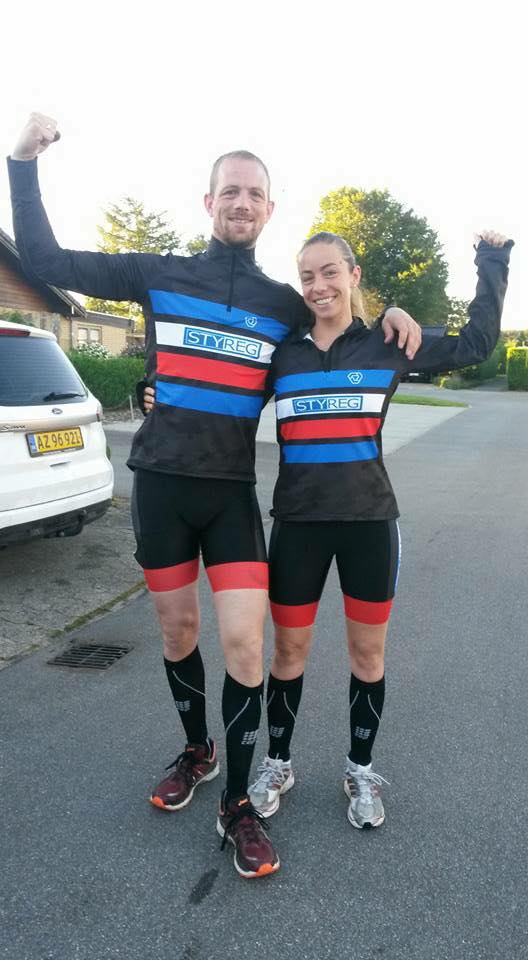
“Kim is not a shout-out-loud type of person, but has a more thoughtful and reflective personality… when we exchange with each other, I can always trust that he takes care of the situation under the surface both in defense and attack; that makes my mind relax better when waiting for my turn to play. Kim always seeks to tie the team and his own effort together, and by doing so, he never just performs good, but also makes the whole team perform better.”
Some athletes excel because they need to prove things to themselves and others. Kristensen is more motivated by the role of team member or leader if need be.
When Kristensen suits up for Denmark he plays for more than just his team. You can feel the presence of his whole sports enthusiastic family.
Once, when member of Kristensen’s three-athlete team withdrew from a race, he convinced his younger sister Lisa to take her place. It meant a big commitment from her since the races typically last 6 to 8 hours. She remembered:
“I attended on his Yeti challenge team because of a female member had an injury… I had never tried it and didn’t bike too much. I was okay fit but had no training before the run… at one point where we had to run a longer distance at the end of the day he ran with me on a strap to give me a pull up the hill because my legs was getting wobbly.”
Her brother remembered that he just needed to get her to the next energy drink station to replenish her blood sugar. They finished fifth out of 20 teams in their class.
“Kim is the motivational type who pushes you to the limit while making you laugh while your dying a little bit at the same time,” laughed his sister. “He has this insane strength physically and mentally to push through when a team mate needs it!”
